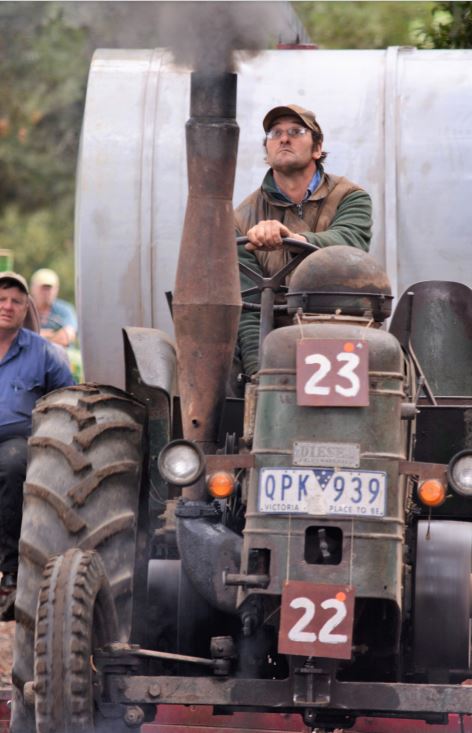August 2nd, 2022Glen, about the house
If you share in the pleasures of a hanging garden, you won’t be desperate for garden space or need the expense of a greenhouse, unless you try your hand with a few exotics. Hanging plants take up little precious space, in fact you will enjoy the bargain of an extra layer in the garden.
You needn’t even be restricted to suspended baskets or pots either. An even more spectacular effect can be obtained by draping container-borne pendulous plants over ledges or steps.
Many plant species will thrive in containers, and many other larger varieties requiring more root space, for the open garden.
For seasonal colour spectacle, nothing can look better than hanging baskets or pots of cascading flowering annuals such as petunias, trailing lobelia or other similar plants. But only if you are prepared to spend the time replanting at the end of each season. There are plenty of equally spectacuar trailing perennial and evergreens to choose from.
So here are a few starters.
Hanging baskets – containers – begonias (tuberous), ferns (obviously), fuchsia procumbens, gazanias, hedera (ivy), impatiens, ipomoea, philodenron scandens, sollya fusiformis and tradescantia floribunda.
Cascading/ground covers – acacia baileyana, prostrata acacia pravissima, acacia cultriformis prostrate, alyssum saxatile, campanula, cerastium tomentosum, correa decumbens, erigeron, geranium ivy, grevillea biternata, hakea (prostrate) kennedia, lantana montevidensis and myoporum parvifolium. And I’m sure you can think of more than a few of your own favourites.
Backdrop – I’m sure you want to provide a weeping or pendulous backdrop to complete the scene so here are a few suggestions starting from a tall background – weeping myall (acacia pendula), willow-leaf wattle (acacia iteaphylla), willow myrtle (agonis flexuosa) and weeping bottlebrush (callistemon viminalis).
Intermediate – among the many Australian weeping native trees and shrubs one species of wattle stands head and shoulders above the rest, acacia cognata. From this rather insignificant looking tree has sprung a multitude of magnificent willow-like trees and shrubs ranging in size from a mere metre to rather handsome trees.
With foliage colours of lime green right through to deep plum and such imaginative descriptive varietal names as Lime Magik, Mini Cog, Limelight and Fettucini, how could you not find a place in your garden for at least two or three.
Of course there many other splendid weeping forms of popular shrubs that deserve a place in any “hanging” garden, but I’ll leave those to your imagination.
Got a gardening question: Email glenzgarden@gmail.com
Hi Glen, many years back, we planted a medlar and now it is an established tree about eight feet high and in late autumn each year it has an abundance of fruit. But by the time it is ripe the birds have got them all. This year I picked three buckets when they were still on the tree, hoping to find a recipe to make medlar jelly, but all of a sudden the fruit went off. Can you help with advice here, how to pick at the right time and maybe a recipe, please. Kind regards, Stefan
Hi Stefan, You’re lucky. Medlar (mespilus germanica) is a beautiful tree and being somewhat like a similarly misunderstood fruit, the persimmon,unfortunately hasn’t gained many fans amongst the unknowing. With both trees, the fruit is picked when it appears ripe, but still firm.
The trick is to then lay them out in a wooden box, untouching, in a single layer on a bed of fine straw or sawdust in front of a well-lit window for 10 to 20 days. They are ripe when they become what you thought was “off”. Obviously they are not usually eaten raw – but made into jam, or similar.
I’ll do some more research into the technique for the next issue. Glen










